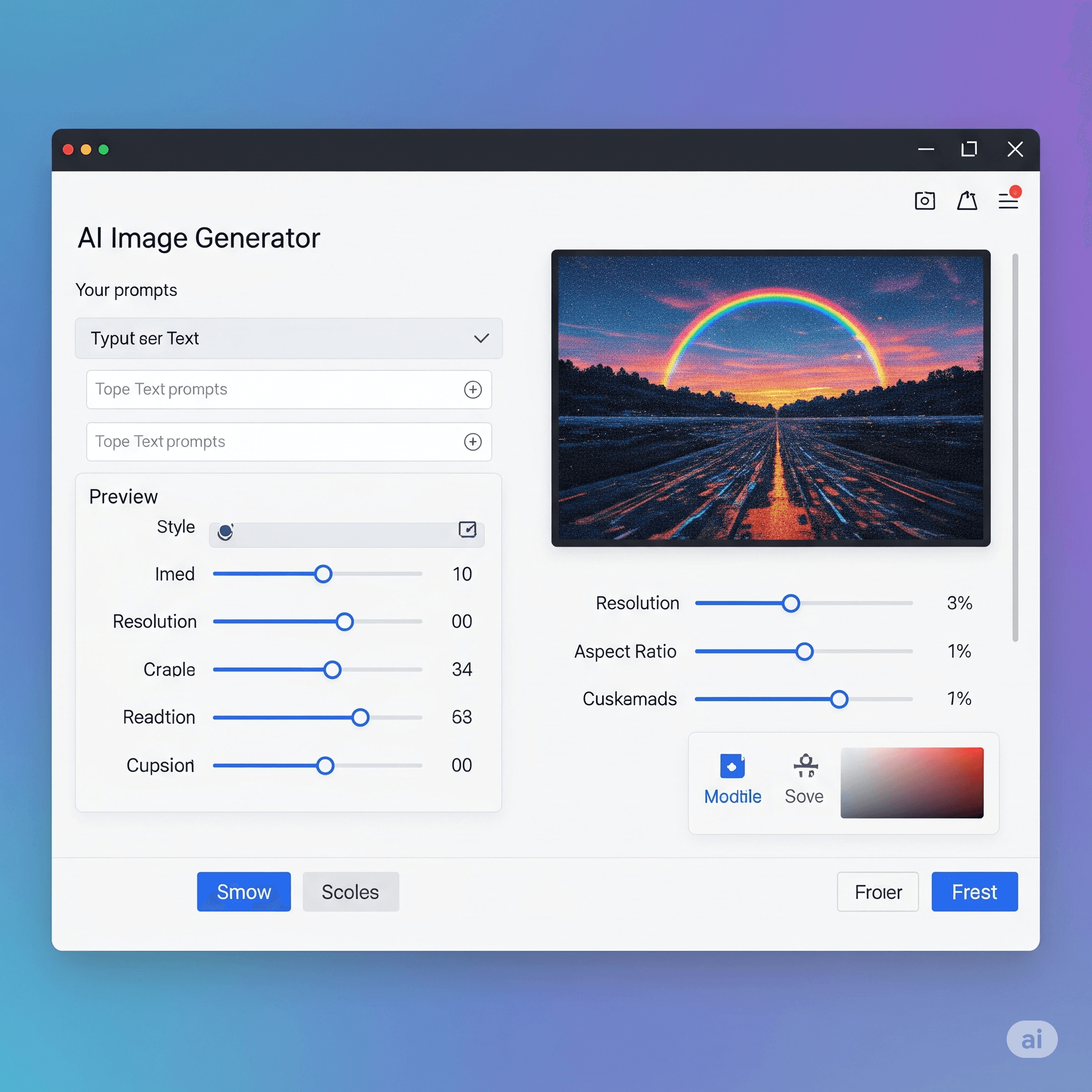Question: In the congestion avoidance algorithm, the size of the congestion window grows ______________ congestion is detected.
Answer:
- In the congestion avoidance algorithm, the size of the congestion window grows additively until congestion is detected.
- After the slow start phase, TCP enters congestion avoidance mode. During this phase, the size of the congestion window is increased linearly rather than exponentially as in slow start. Specifically, the congestion window size is increased by one maximum segment size (MSS) for every round-trip time (RTT) of the connection, so long as no congestion is detected.
- If congestion is detected, either through the receipt of a packet indicating congestion from the network or through packet loss, TCP reduces the congestion window size and re-enters slow start phase to ramp up its sending rate again.
- The congestion avoidance algorithm is used to prevent TCP from overwhelming the network with traffic and causing congestion or packet loss. By gradually increasing the congestion window size, TCP can find the optimal sending rate without causing congestion, while also responding appropriately when congestion is detected.
MCQ: In the congestion avoidance algorithm, the size of the congestion window grows ______________ congestion is detected.
Correct Answer:
A. exponentially; it reaches a threshold
Explanation:
- In the congestion avoidance algorithm, the size of the congestion window grows additively until congestion is detected.
- After the slow start phase, TCP enters congestion avoidance mode. During this phase, the size of the congestion window is increased linearly rather than exponentially as in slow start. Specifically, the congestion window size is increased by one maximum segment size (MSS) for every round-trip time (RTT) of the connection, so long as no congestion is detected.
- If congestion is detected, either through the receipt of a packet indicating congestion from the network or through packet loss, TCP reduces the congestion window size and re-enters slow start phase to ramp up its sending rate again.
- The congestion avoidance algorithm is used to prevent TCP from overwhelming the network with traffic and causing congestion or packet loss. By gradually increasing the congestion window size, TCP can find the optimal sending rate without causing congestion, while also responding appropriately when congestion is detected.
Discuss a Question
Related Questions
- 1. The congestion window size, after it passes the initial slow start state, follows a saw tooth pattern called _________________________________.
- 2. The __________________ technique is one of the open-loop congestion policy
- 3. The __________________ technique is one of the close-loop congestion policy
- 4. IP is a _________ protocol.
- 5. An HLEN value of decimal 10 means _______.
- 6. If the fragment offset has a value of 100, it means that _______.
- 7. What is needed to determine the number of the last byte of a fragment?
- 8. The IP header size is _______ bytes long.
- 9. Packets in the IP layer are called _________.
- 10. The total length field defines the total length of the datagram _________.
You may be interested in:
Computer Networking MCQs






